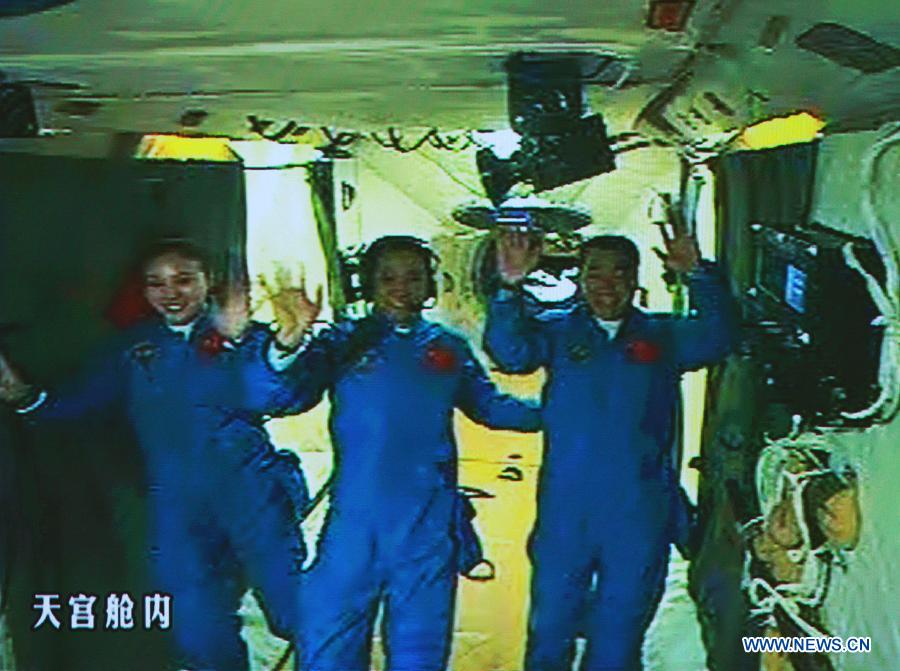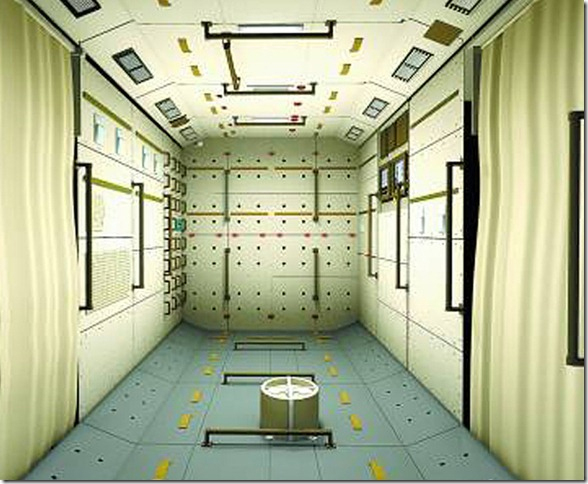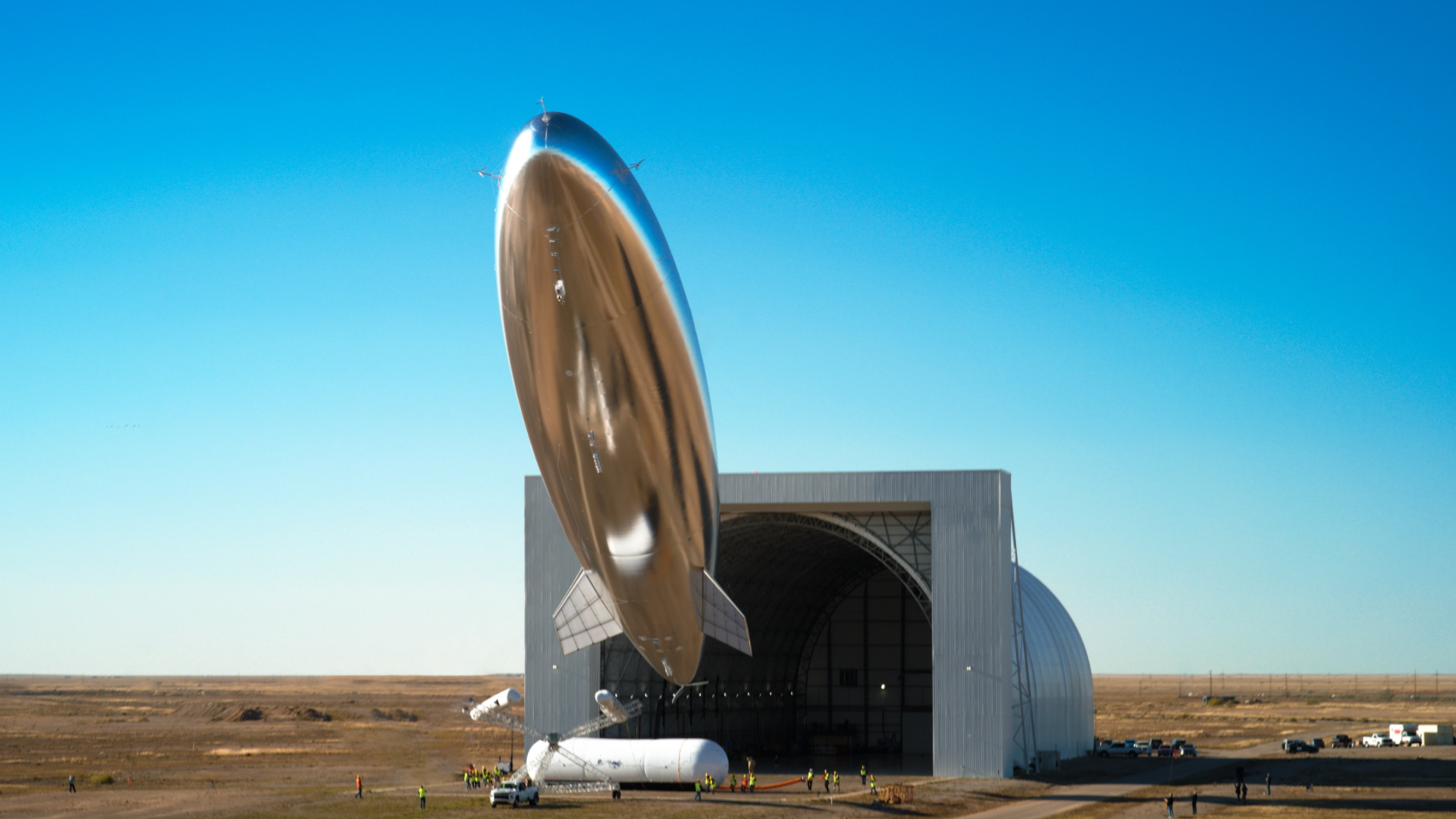Three Chinese Astronauts Dock to Nation's Space Station

This story was updated at 2:16 p.m. ET.
A Chinese space capsule carrying a crew of three docked with the nation's orbiting space module today (June 13), two days after launch.
State media reports that Nie Haisheng, Zhang Xiaoguang and Wang Yaping — the second female Chinese astronaut to fly in space — automatically docked their Shenzhou 10 spacecraft to the Tiangong 1 module at 1:11 a.m. EDT (0511 GMT). The astronauts entered the orbiting module at 4:17 a.m. EDT (0817 GMT), beginning a 12-day stint onboard the space laboratory.
At 15 days in space, this mission is scheduled to be the longest spaceflight for a Chinese crew in the history of the country's space program.
"The Shenzhou 10 spacecraft has been successfully launched and precisely put into orbit, which means that our country's fifth manned space mission has succeeded in the first phase," said China's president, Xi Jinping, according to state-run news agency Xinhua. "At this very moment, I am sharing the same feeling with everyone. I am very happy and excited."
During their time on Tiangong 1 (also known as the Heavenly Palace 1), the spaceflyers will dock their spacecraft to the module once more using manual docking procedures and perform experiments. The crew is also expected to send down a science lesson to Chinese school children on Earth at some point during their stay.
Shenzhou 10 is the last of three missions designed to help master space-based docking and rendezvous technology, officials have said.
Breaking space news, the latest updates on rocket launches, skywatching events and more!
The mission is expected to help the Chinese space agency gain necessary experience that can be applied to building and operating a larger space station by 2020. The eventual 90 ton orbiting station will have three capsules: a core unit and two laboratories, according to Xinhua.
Tiangong 1 has orbited Earth since Sept. 2011, and is scheduled to remain operational for another three months. Eight other Chinese astronauts flew in space before the Shenzhou 10 mission, with the first crew docking to the module in June 2012.
China's first astronaut, Yang Liwei, was sent to orbit in 2003, making China the third nation — after Russia and the United States — to launch astronauts to space using its own vehicles.
Editor's Note: This story was updated to correct the docking time from 1:18 EDT, to 1:11 EDT. (The latches between the Shenzhou 10 spacecraft and the Tiangong 1 module were secured at 1:18 EDT). This story was also updated to reflect the fact that eight Chinese astronauts have flown in space.
Follow Miriam Kramer on Twitter and Google+. Follow us on Twitter, Facebook and Google+. Original article on SPACE.com.

Miriam Kramer joined Space.com as a Staff Writer in December 2012. Since then, she has floated in weightlessness on a zero-gravity flight, felt the pull of 4-Gs in a trainer aircraft and watched rockets soar into space from Florida and Virginia. She also served as Space.com's lead space entertainment reporter, and enjoys all aspects of space news, astronomy and commercial spaceflight. Miriam has also presented space stories during live interviews with Fox News and other TV and radio outlets. She originally hails from Knoxville, Tennessee where she and her family would take trips to dark spots on the outskirts of town to watch meteor showers every year. She loves to travel and one day hopes to see the northern lights in person. Miriam is currently a space reporter with Axios, writing the Axios Space newsletter. You can follow Miriam on Twitter.

